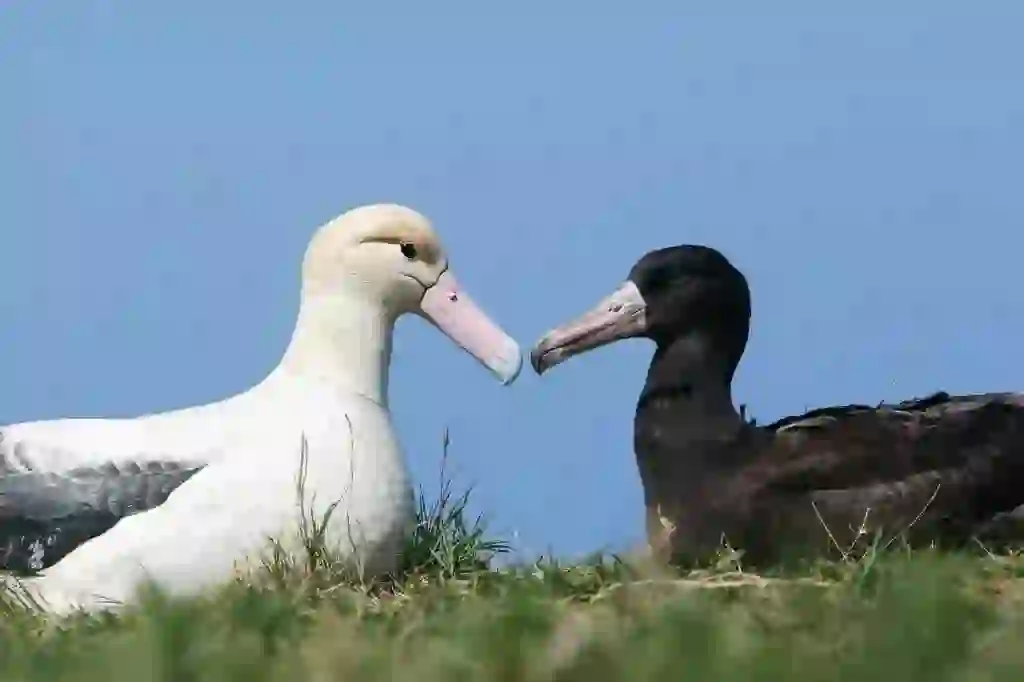
Short-tailed Albatross
Short-tailed Albatross
Short-tailed Albatross
Have you ever been called a fool by someone? You often hear it in retorts like 'Are you stupid?' However, depending on how it's said, it may feel unpleasant. Such a 'fool' has been the name of the 'Short-tailed Albatross' for a long time. Why was it named the Short-tailed Albatross? We will introduce the Short-tailed Albatross, including its origin.
Short-tailed Albatross Basic Infomation
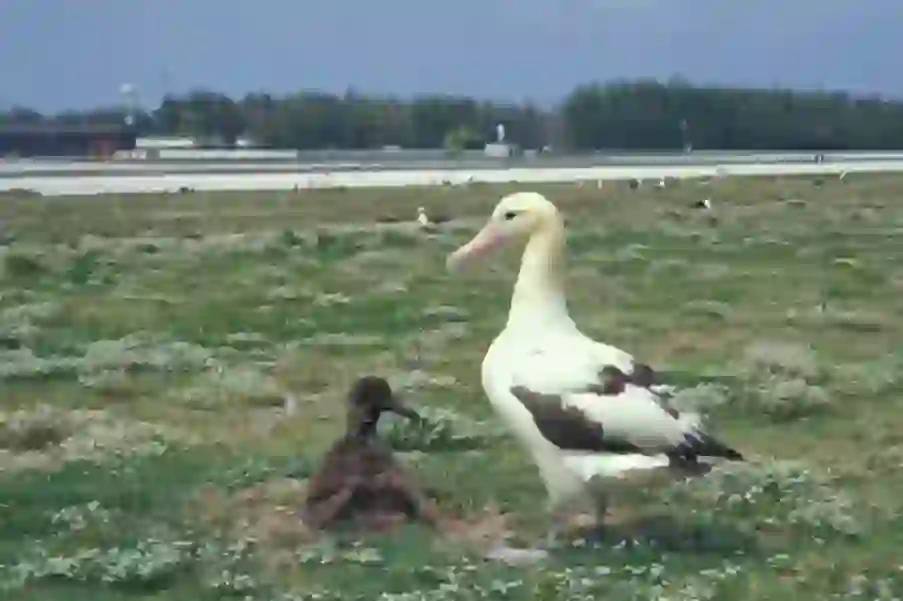
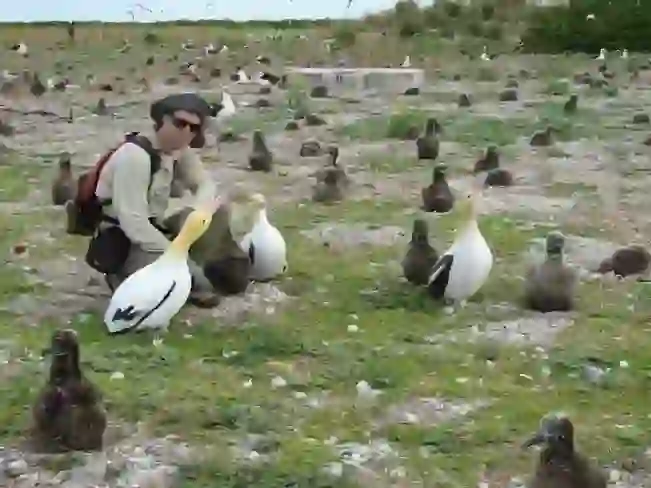

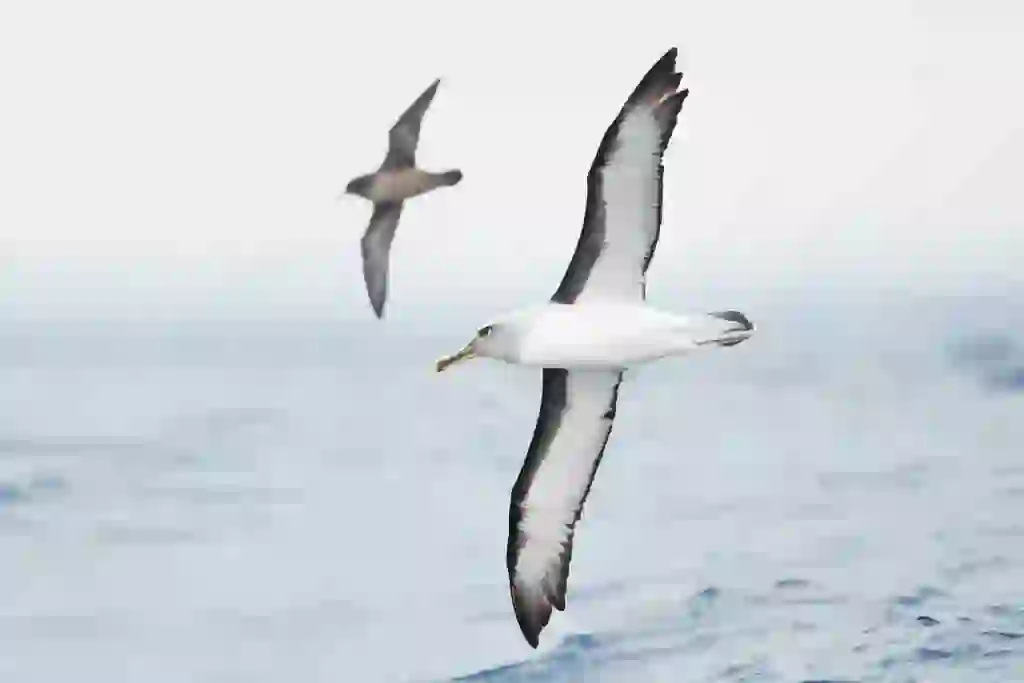
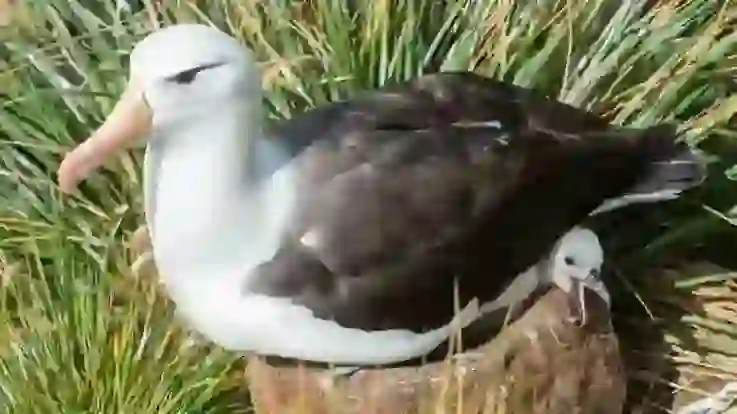
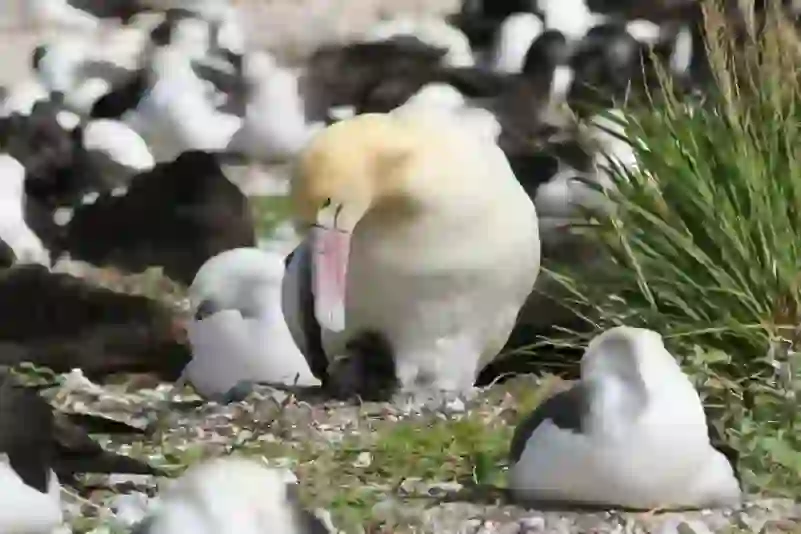
Short-tailed Albatross Q&A

What is the origin of the name 'Short-tailed Albatross'?
Of course, you might be curious about the origin of the name 'Short-tailed Albatross'. Why was it named that?
It's because they are 'foolish'. Even when humans approach, they do not particularly guard themselves, and even if they sense danger, they can be easily caught due to their slow walking speed. Even if their peers are caught nearby, they do not flee due to their lack of vigilance and slow nature.
In some regions, they are also called 'bakadori (fool bird)', which is quite a disparaging name.
It's not just us who thought this.
There are initiatives to change the 'Short-tailed Albatross' name to something else. One candidate for the new name is 'Okino Tayuu (Lord of the Offing)'. This name is actually used by fishermen in Yamaguchi Prefecture, and it means 'a beautiful bird living offshore, a noble bird, a divine bird.'
It would feel better for us to call them by a name like 'Okino Tayuu'.
In other regions, they are also referred to as 'rai' and 'rai no tori' or 'toukurou'.
Not just birds, but all animals are creatures that coexist with us humans. We hope that both the callers and the called can have names that are comfortable for both.

Why do Short-tailed Albatrosses live there?
Short-tailed Albatrosses live over the sea outside of the breeding season. Yes, from the moment they wake up until they go to sleep, they are always over the sea. They can fly hundreds to thousands of kilometers in one flight, which is astonishing.
In the fall, they migrate to uninhabited islands south of Japan to breed and spend time in groups, and they breed there in the winter. It's delightful that they return to Japan to breed.

What do Short-tailed Albatrosses eat?
As seabirds, Short-tailed Albatrosses eat fish, squid, and krill. Fish carcasses that float up to the ocean's surface and fish dropped by other birds also become food for the Short-tailed Albatrosses.
However, eating only marine animals could lead to an excessive intake of salt. Does it affect their bodies?
They have a gland called the 'salt gland' at the base of their beaks, which allows them to excrete excess salt. It would be nice if humans had such a part too.

How do Short-tailed Albatrosses fly?
Because Short-tailed Albatrosses are very large, they cannot fly just by flapping their wings. Like airplanes, they need to take a run-up to fly, using the terrain and wind.
While flying, they use a technique called 'dynamic soaring.' 'Dynamic soaring' is a way of flying that uses the wind, where they fly upwind and then change course downwind to fly in stable air currents. They fly just above the sea surface and then suddenly leave the sea, returning to the ocean surface in a unique flying style, allowing them to fly for long periods.
Experts on airplanes also study their flying technique because they use the wind so effectively.

How do Short-tailed Albatrosses raise their young?
The Short-tailed Albatrosses breed on an uninhabited island south of Japan called 'Torishima.' In the autumn, they come to Torishima to breed.
Short-tailed Albatrosses are monogamous, so they carefully select a life partner to court. They stretch their necks and clatter their beaks in a courting behavior called 'clattering.'
Once mated, they lay only one egg per breeding season, which they incubate for about 65 days, taking turns between the father and the mother until it hatches.
Ideally, the parents would carefully raise the chick. However, when the parents go out to find food for the chick, they don't return for several days. During this time, the chick must endure thirst and hunger. The parents fetch food from far away from Torishima, perhaps with the desire to feed their child well and bring back a lot.
It's not just about loving their child; they may also be trying to help it grow by giving it trials. Evidence for this is that the chick weighs more than the parents before it leaves the nest. They were indeed raised with great care.
By late April, the chick has grown enough to be independent. The parents leave Torishima before the chick, as if to say it's alright for it to be on its own. As mentioned earlier, the chick reduces its food intake for several days to lighten its weight before taking off.
It does not breed for three to five years after leaving the nest, so during this time, it does not return to Torishima even in the autumn. Among birds that start breeding within a year after fledging, those that take three to five years are on the longer side, which shows they take their time to find a mate.

How long do Short-tailed Albatrosses live?
Compared to humans, animals seem to have shorter lifespans, and birds are no exception. However, Short-tailed Albatrosses have a relatively long lifespan; there is a record of one living up to 66 years. I would love to see a grandfather or grandmother Short-tailed Albatross.
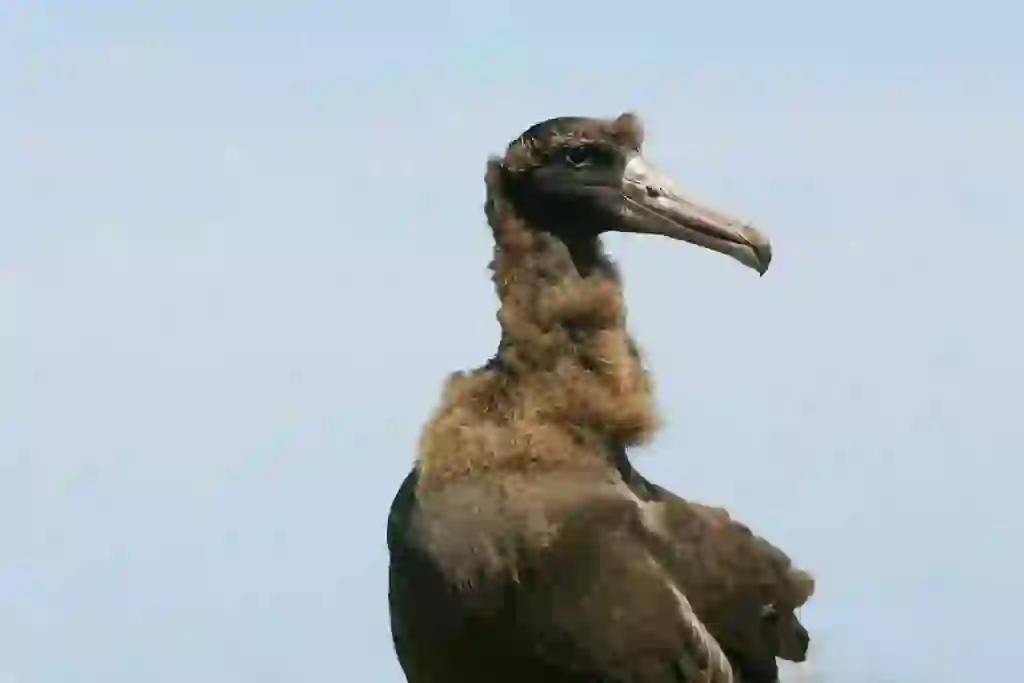
Is it true that Short-tailed Albatrosses have gone extinct?
The feathers of the Short-tailed Albatross are of very high quality, and they were overhunted for their feathers. The Short-tailed Albatrosses were targeted not only because they are large birds and thus provide a lot of feathers, but also because of their temperament. They have little wariness, allowing humans to approach without them fleeing. Moreover, they cannot take off quickly, so even if they wanted to escape, they couldn't.
In 1886, Meiji-era businessman Tamaoki Han'emon noticed the Short-tailed Albatross and established Tamaoki Shokai on Torishima. About 300 people lived on the island, overhunting Short-tailed Albatrosses daily. There was even a school and a railway system, practically turning it into a small island nation.
In 1910, the trade of feathers was banned, meaning that feathers could no longer be exported abroad. You might think this stopped the overhunting, but it shifted to domestic circulation, continuing the overhunting.
As a result, it's estimated that about 6.3 million Short-tailed Albatrosses were overhunted.
In 1930, Yoshihmaro Yama-shina of the Yama-shina Institute for Ornithology went to Torishima for research and found that the population had reduced to about 2000.
And then, in 1939, another tragic event occurred for the Short-tailed Albatross.
It was the eruption of Torishima. This led to the belief that the Short-tailed Albatross had gone extinct, and an extinction declaration was issued.
Reading this may make you feel sad, or you might not want to read it at all. However, knowing history might lead us to a commitment that such events should never happen again, and this could contribute to the protection of animals.

Has the Short-tailed Albatross been revived?
The Short-tailed Albatross was rediscovered due to changes on Torishima.
After World War II, Torishima was used as a base for typhoon observation, with a weather station established.
In 1951, staff at the weather station discovered a small number of Short-tailed Albatrosses. They had not gone extinct.
The staff monitored and protected the birds.
However, another tragic event occurred.
An earthquake struck Torishima, which led to the closure of the weather station, and protection of the Short-tailed Albatrosses had to be suspended.
Although they were rediscovered, the numbers were still very small. Protection was necessary, otherwise they might truly go extinct this time. We do not want any more sad events to occur to the Short-tailed Albatross.
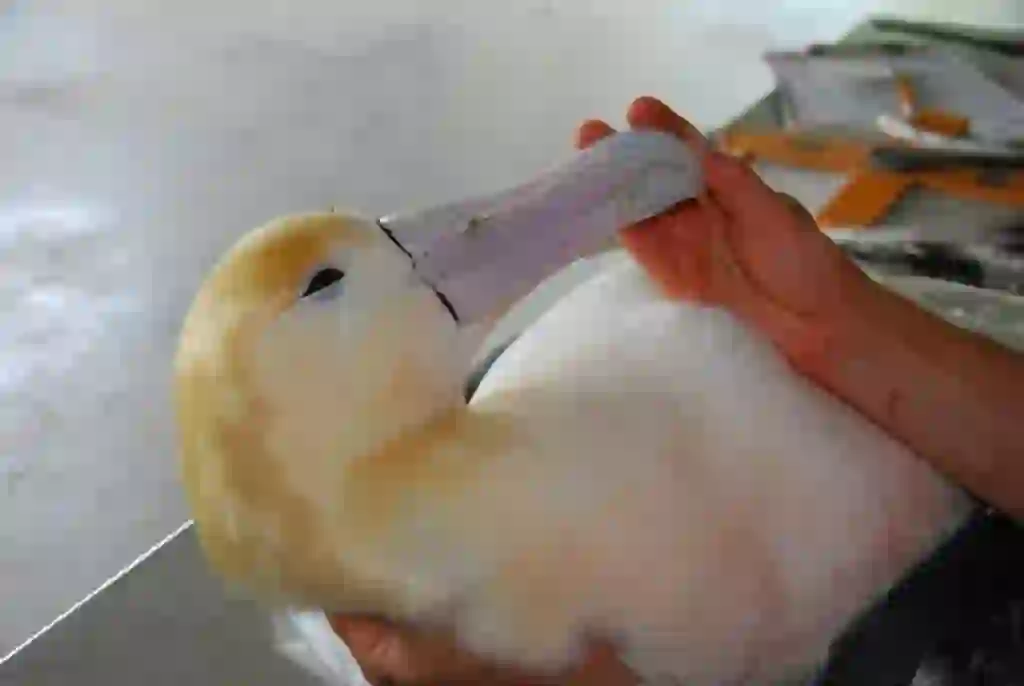
How did the number of Short-tailed Albatrosses increase?
In 1976, the protection of the Short-tailed Albatrosses resumed.
How were the Short-tailed Albatrosses protected?
Initially, they bred on the southeastern side of Torishima at Tsubamezaki, which had a steep slope and constant landslides, often leading to chicks or eggs falling or getting buried, which did not allow for a high reproduction rate.
Therefore, it was considered to also allow breeding on the opposite side of the island at Hatsunezaki, which had a gentler slope and thus might be safer than Tsubamezaki.
There was another reason. Remembering past events, the Short-tailed Albatrosses had been repeatedly exposed to natural threats. Since Torishima is a volcanic island, if an eruption occurred, having two breeding locations might increase the chances of survival.
Thus, a decoy strategy was implemented. A decoy refers to a model of a bird. Life-sized models of the Short-tailed Albatrosses were placed at Hatsunezaki to make them think that there were other birds present.
You might think that such a strategy wouldn't be believable.
However, four years after starting the decoy strategy, in 1995, an egg was laid at Hatsunezaki, and the following year, it fledged.
Surprisingly, the decoy strategy was successful.
Starting with this, more and more chicks fledged, and in 2006, it was confirmed that 13 chicks had fledged.
Currently, breeding of the Short-tailed Albatrosses is only confirmed on islands like Torishima, the Senkaku Islands, and the Ogasawara Islands. As of a 2018 survey, the population was estimated to have increased to 5,165.
While the numbers may still seem small, the fact that the once thought extinct Short-tailed Albatross has increased to this extent is a gift from the efforts of humans who moved to prevent their extinction and the efforts of the Short-tailed Albatrosses themselves.

Would you like to become a part of the 'Animalbook.jp'?
Turn your knowledge into Q&A and share it with the world. ※Publication will be activated after purchase. Let's share information together!
Short-tailed Albatross Type of List

For a long time, it was thought that there was only one species of the Short-tailed Albatross. However, recent findings have revealed that there are actually two species.
Differences in the shape of the beak and size of the body have been observed between the Short-tailed Albatrosses of Torishima and the Senkaku Islands. It has also been discovered that they differ in their DNA.
Research is expected to continue, and we look forward to new discoveries.
Information
Congratulations! You are the first commenter!

Create Your Favorite List!
Short-tailed Albatross
Save the animals you love! Build your own list to quickly revisit your favorites later.

Would you like to leave a comment?
※Please note: This is for the purchase of rights to post comments within the article.
Find Your Favorites!
Our shop offers a unique and attractive selection of goods themed around various animals.
Short-tailed Albatross References

- Wikipedia https://ja.wikipedia.org/wiki/アホウドリ
- 公益財団法人 山階鳥類研究所 アホウドリってどんな鳥? https://www.yamashina.or.jp/hp/yomimono/albatross/01donnatori.html
- 公益財団法人 山階鳥類研究所 鳥島とアホウドリの歴史 https://www.yamashina.or.jp/hp/yomimono/albatross/02rekishi.html
- 公益財団法人 山階鳥類研究所 鳥島デコイ作戦 https://www.yamashina.or.jp/hp/yomimono/albatross/03decoi.html
- サントリーの愛鳥活動 https://www.suntory.co.jp/eco/birds/encyclopedia/detail/1379.html
- J-WAVENEWS https://news.j-wave.co.jp/2016/04/post-1359.html
- ことばマガジン http://www.asahi.com/special/kotoba/archive2015/danwa/2014110100001.html
- JT生命誌研究館 アホウドリと僕の42年間 https://brh.co.jp/s_library/interview/98/
- NATIONAL GEOGRAPHIC アホウドリに学ぶ未来の航空技術 https://natgeo.nikkeibp.co.jp/nng/article/news/14/6711/
- 平成25年度 日本大学理工学部 学術講演会論文集 ダイナミックソアリングに関する研究 https://www.cst.nihon-u.ac.jp/research/gakujutu/57/pdf/K7-94.pdf
- 海うらら 海洋生物観察記 http://www.bs.s.u-tokyo.ac.jp/~naibunpi/Umi-urara/Albatross.pdf
- 公益財団法人 山階鳥類研究所 〜翼にたくす地球の未来〜 https://www.yamashina.or.jp/
- Science Portal 科学技術の最新情報サイト「サイエンスポータル」 https://scienceportal.jst.go.jp/gateway/clip/20201201_g01/
Short-tailed Albatross Introduction of media used

出典:https://pixabay.com/images/id-7530886/

出典:https://unsplash.com/ja/写真/U8x0rvmH9nQ
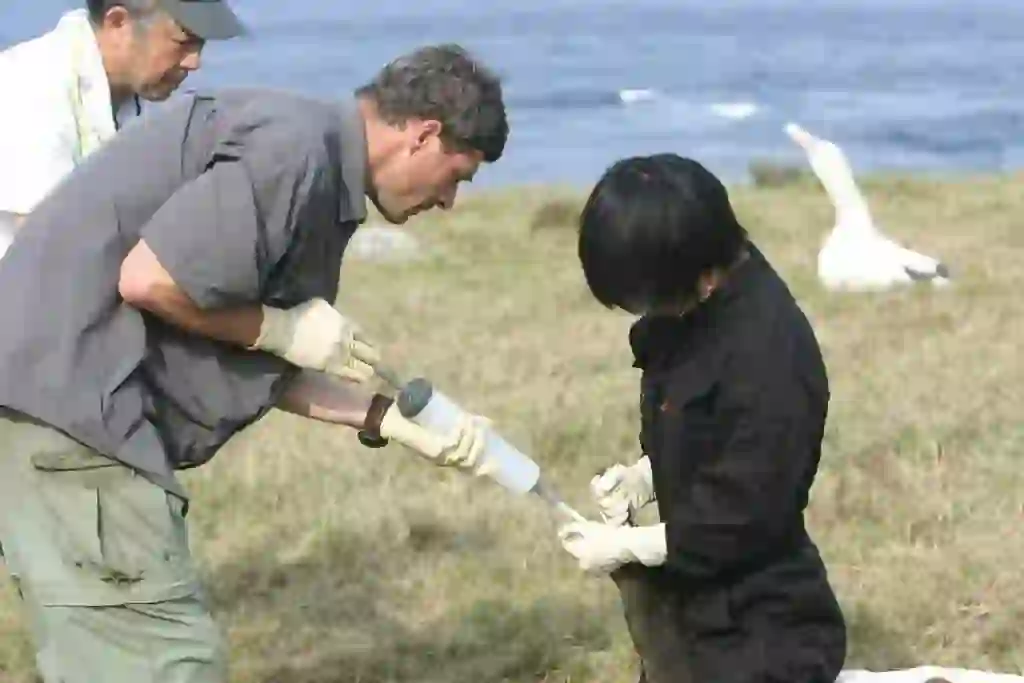
other
https://commons.wikimedia.org/wiki/File:Phoebastria albatrus -Mukojima Island, Japan -juvenile-8 (2).jpg

Help Enrich Our Animalbook.jp with Your Media!
We are constantly looking to expand and enrich our Animalbook.jp with amazing photos and videos of animals. If you have any media that you'd like to share, please contribute and help us showcase the beauty and diversity of the animal kingdom. Your submissions will be credited and featured in our encyclopedia, reaching a wide audience of animal lovers.
















